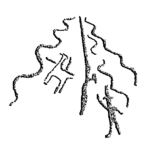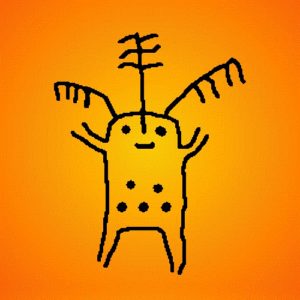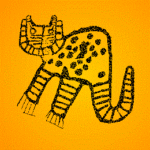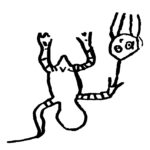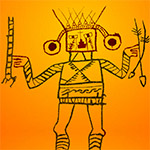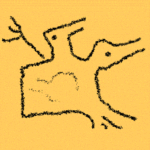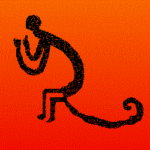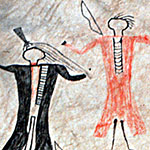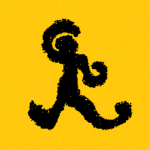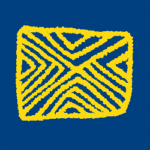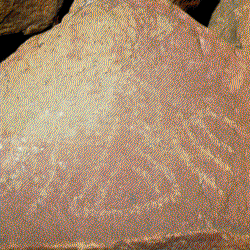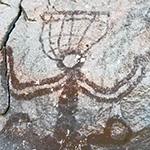 In 2013 Mario Giorgetta, an academic botanist from Switzerland, discovered for the first time a small rock panel with a collection of clearly associated pictographs on a rock cliff in the gorge of the Río Vilama. Mario reported the site to me in 2019 and we agreed to publish a paper describing the panel and its context. This paper comprises two parts. The first part is written by Maarten van Hoek and briefly attempts at interpreting the elements that make up the pictograph scene and the second part is independently written by the discoverer of the pictograph panel at Guatin, Mario Giorgetta.
In 2013 Mario Giorgetta, an academic botanist from Switzerland, discovered for the first time a small rock panel with a collection of clearly associated pictographs on a rock cliff in the gorge of the Río Vilama. Mario reported the site to me in 2019 and we agreed to publish a paper describing the panel and its context. This paper comprises two parts. The first part is written by Maarten van Hoek and briefly attempts at interpreting the elements that make up the pictograph scene and the second part is independently written by the discoverer of the pictograph panel at Guatin, Mario Giorgetta.
by Maarten van Hoek and Mario Giorgetta
Read more
